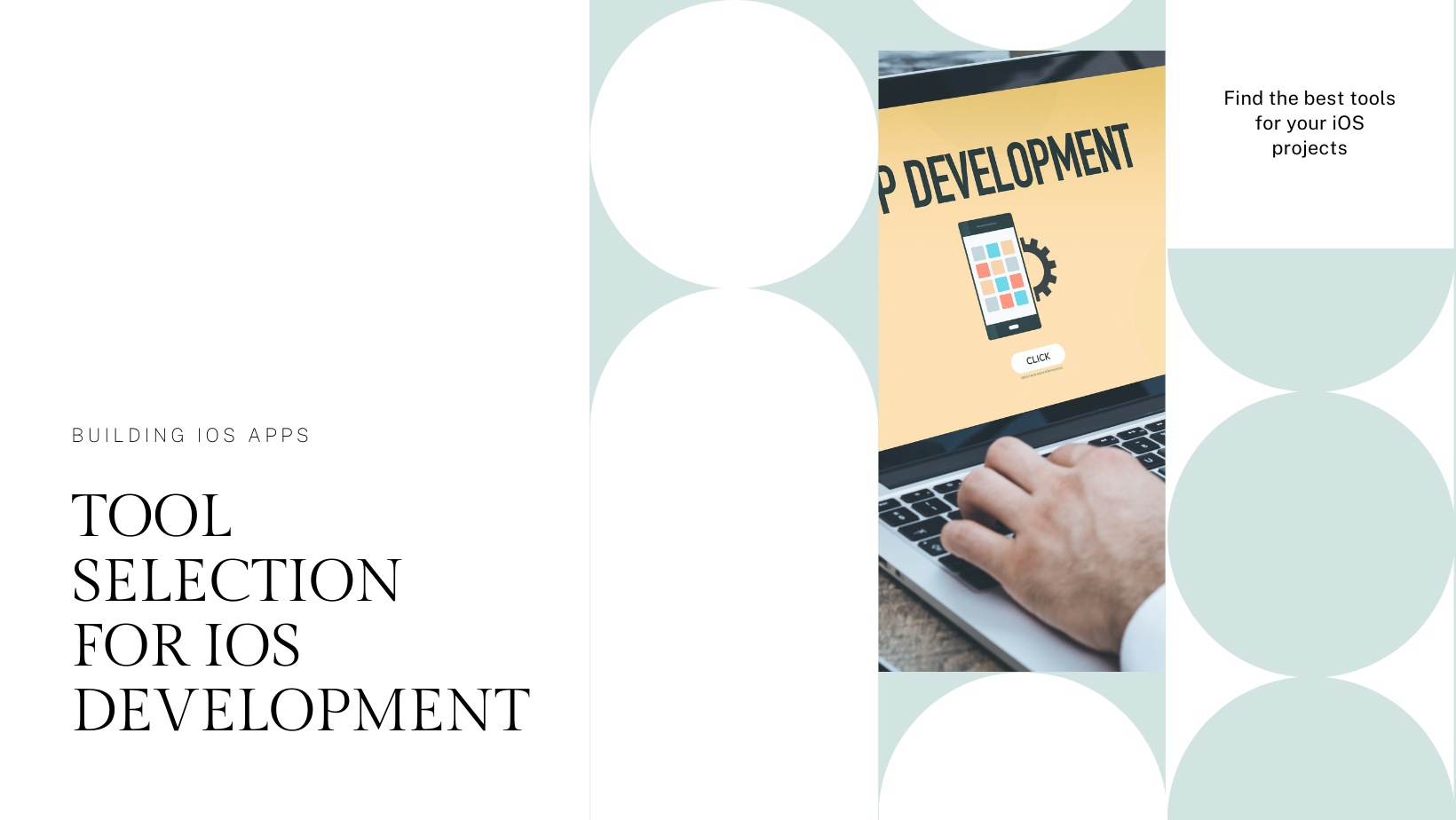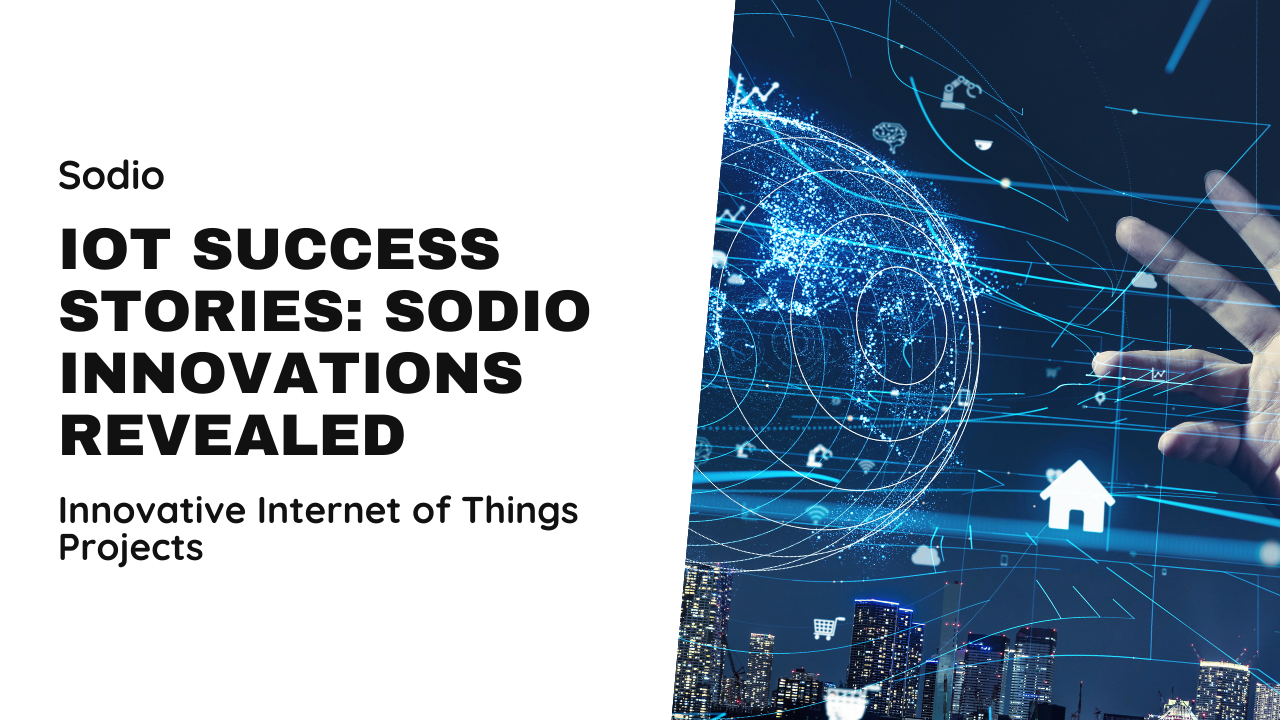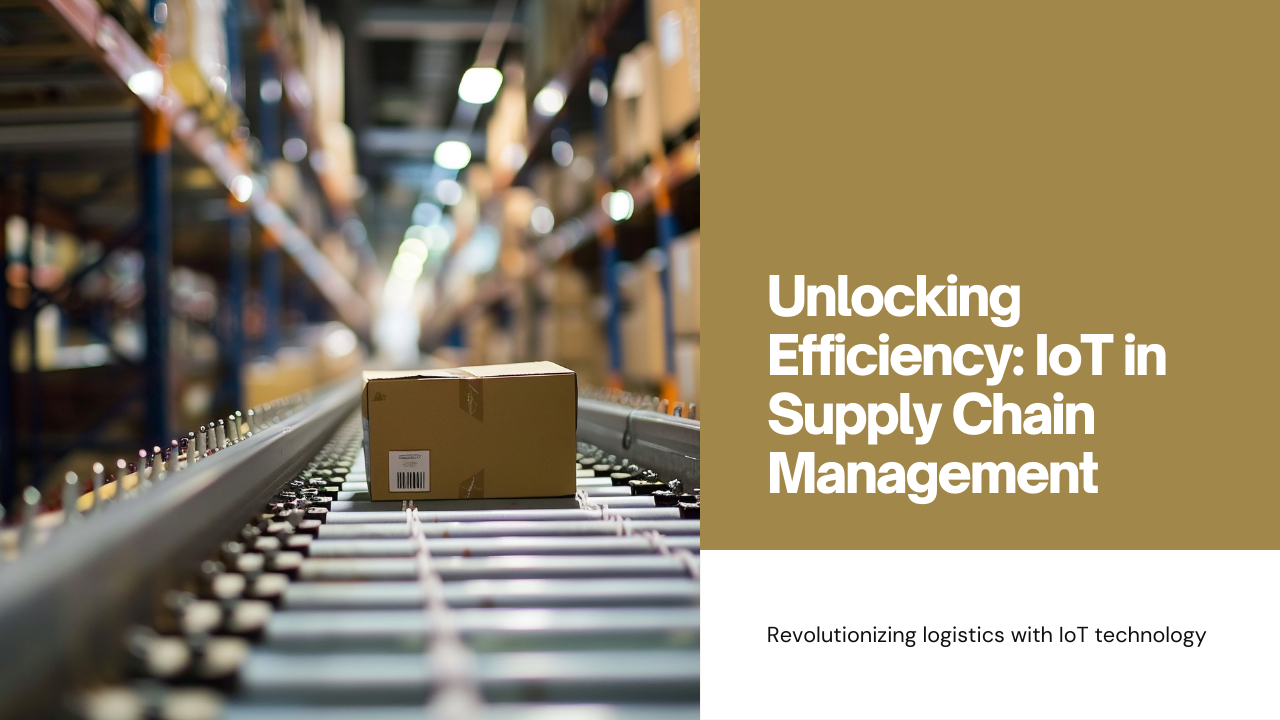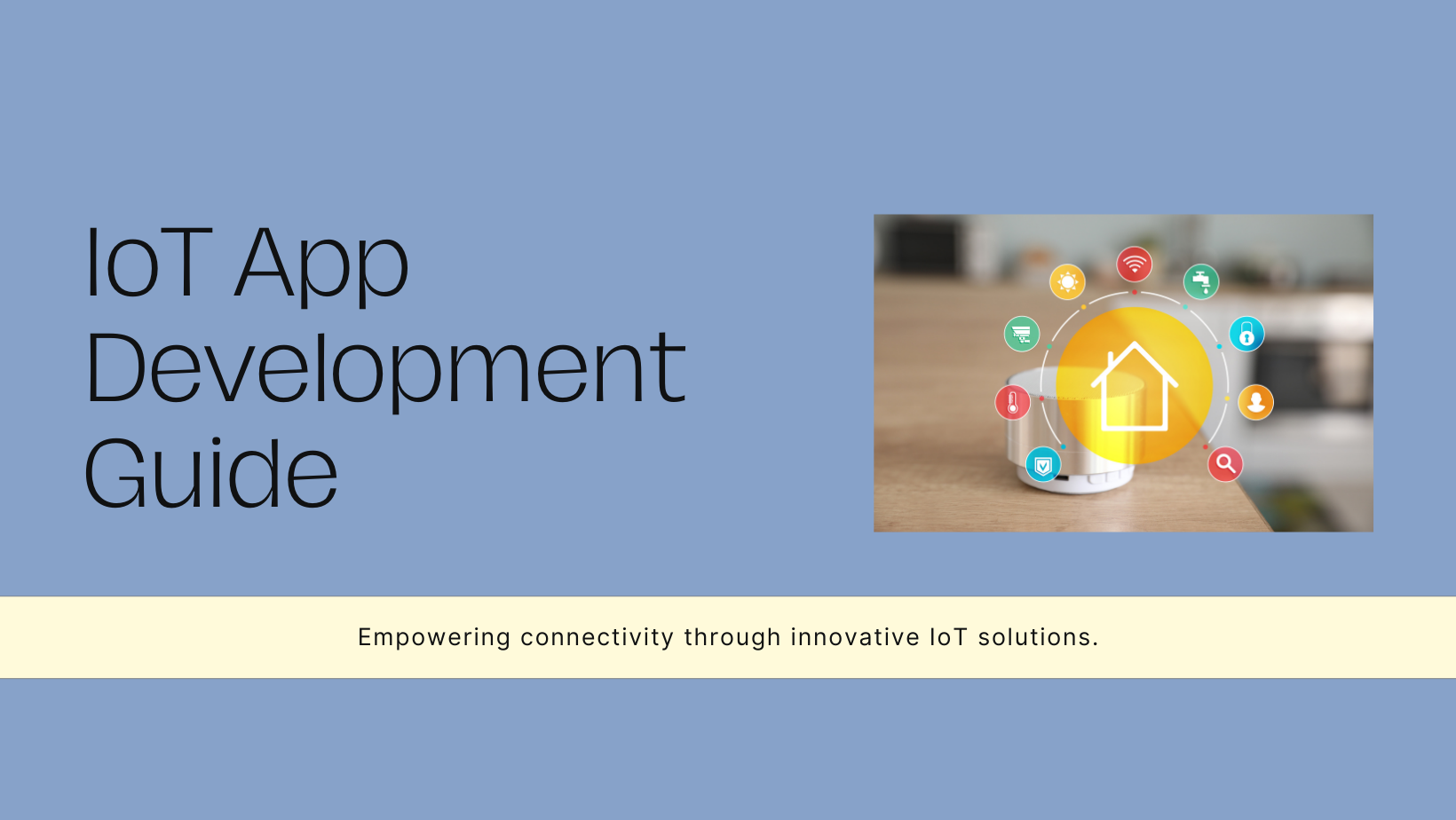In today’s digital age, businesses are leveraging the power of the Internet of Things (IoT) to drive efficiency, innovation, and competitive advantage. IoT technologies enable real-time data collection, analysis, and automation, transforming traditional business models across industries. In this blog post, we explore the strategic steps and benefits of integrating IoT into your business model, empowering you to harness the full potential of connected technologies.
Understanding IoT Integration in Business Models
1. What is IoT Integration?
IoT integration involves embedding interconnected sensors, devices, and systems into existing business operations to gather valuable data, optimize processes, and deliver enhanced customer experiences. By connecting physical assets and digital systems, businesses can achieve greater operational visibility, efficiency, and scalability.
2. Components of IoT Integration
- IoT Devices and Sensors: Hardware components such as sensors, RFID tags, and actuators that collect data from physical assets or environments.
- Connectivity Solutions: Networks (e.g., Wi-Fi, Bluetooth, LTE) and protocols (e.g., MQTT, CoAP) that facilitate data transmission between IoT devices and cloud platforms.
- Cloud Computing: Platforms for storing, processing, and analyzing IoT data, enabling real-time insights and decision-making.
- Data Analytics and AI: Tools and algorithms for analyzing large volumes of IoT data to extract actionable insights, predict trends, and optimize business processes.
Benefits of IoT Integration in Business
1. Operational Efficiency and Cost Savings
- Predictive Maintenance: Proactively monitor equipment health and performance to reduce downtime and maintenance costs.
- Supply Chain Optimization: Track inventory levels in real-time, streamline logistics, and minimize stockouts and overstocking.
- Energy Management: Optimize energy usage through smart lighting, HVAC systems, and equipment automation, reducing utility expenses.
2. Enhanced Customer Experiences
- Personalized Marketing: Utilize IoT data to create personalized offers, recommendations, and targeted marketing campaigns based on customer behavior and preferences.
- Improved Product Quality: Implement IoT-enabled quality control measures to detect defects early in production, ensuring higher product standards and customer satisfaction.
- Real-time Customer Support: Provide proactive customer service with IoT-enabled devices that monitor product usage and performance, enabling preemptive maintenance and support.
3. Innovation and Competitive Advantage
- New Revenue Streams: Introduce IoT-enabled services or subscription models that add value to existing products and attract new customer segments.
- Product Differentiation: Enhance product offerings with IoT capabilities, distinguishing your brand in the market and meeting evolving consumer expectations.
- Agility and Scalability: Adapt business strategies and operations dynamically based on real-time data insights, fostering agility and scalability in a competitive landscape.
Steps to Successfully Integrate IoT into Your Business Model
1. Define Business Objectives and Use Cases
- Identify Goals: Determine specific business objectives such as improving operational efficiency, enhancing customer experiences, or launching new IoT-driven products/services.
- Prioritize Use Cases: Select use cases that align with business goals and provide measurable ROI, considering factors like feasibility, impact, and resource requirements.
2. Select IoT Technologies and Partners
- Evaluate Technologies: Research IoT devices, platforms, and solutions that best fit your business needs, considering factors like scalability, security, and compatibility.
- Choose Partners: Collaborate with IoT vendors, consultants, or service providers with expertise in your industry and proven track records in IoT implementation.
3. Design and Implement IoT Solutions
- Develop a Roadmap: Create a phased implementation plan that outlines milestones, timelines, and resource allocations for deploying IoT solutions.
- Prototype and Test: Build prototypes to validate IoT concepts and functionalities, conduct thorough testing to identify and resolve issues before full-scale deployment.
4. Ensure Data Security and Privacy
- Implement Security Measures: Adopt robust encryption, authentication, and access control mechanisms to protect IoT data from cyber threats and unauthorized access.
- Comply with Regulations: Adhere to data privacy regulations (e.g., GDPR, CCPA) and industry standards to maintain customer trust and regulatory compliance.
5. Train Employees and Foster IoT Adoption
- Educate Stakeholders: Provide training and workshops to employees on using IoT technologies effectively, emphasizing data-driven decision-making and best practices.
- Promote Adoption: Encourage collaboration across departments to leverage IoT insights and foster a culture of innovation and continuous improvement.
Future Trends in IoT Integration
1. Edge Computing
- Decentralized Processing: Shift from cloud-centric to edge computing solutions for faster data processing and real-time decision-making at the device level.
2. AI-driven IoT Applications
- Machine Learning: Use AI algorithms to analyze IoT data for predictive analytics, anomaly detection, and autonomous decision-making.
3. IoT in Industry 4.0
- Smart Manufacturing: Implement IoT-enabled technologies like Industrial IoT (IIoT) for smart factories, digital twins, and supply chain optimization.
Conclusion
Integrating IoT into your business model is not just about adopting new technologies but leveraging data-driven insights to drive operational excellence, innovation, and customer satisfaction. By strategically implementing IoT solutions tailored to your business objectives and industry requirements, you can unlock new opportunities for growth, differentiation, and sustainable success.
At Sodio Technologies, we specialize in designing and implementing custom IoT solutions that empower businesses to thrive in a connected world. Contact us today to explore how we can help you integrate IoT into your business model and embark on a transformative journey towards digital innovation.






